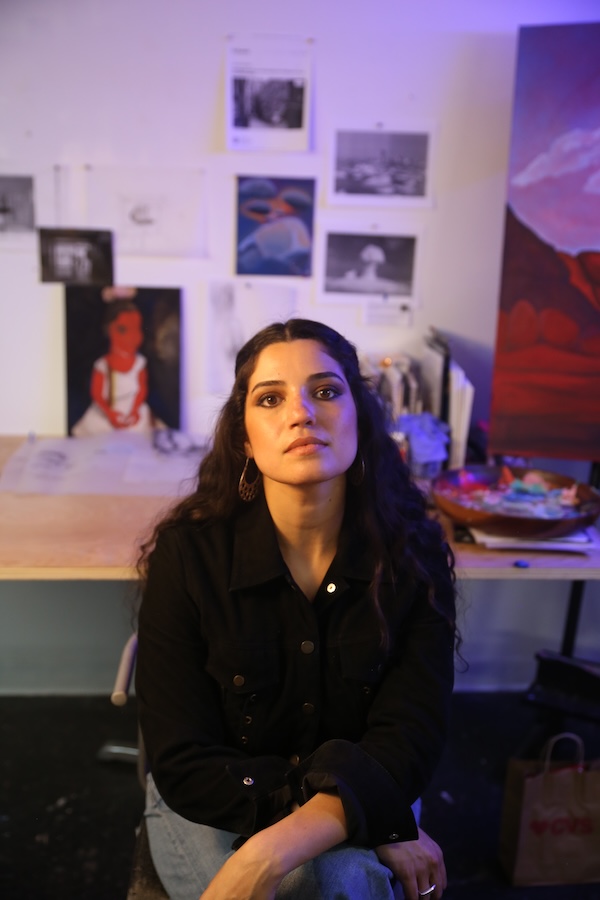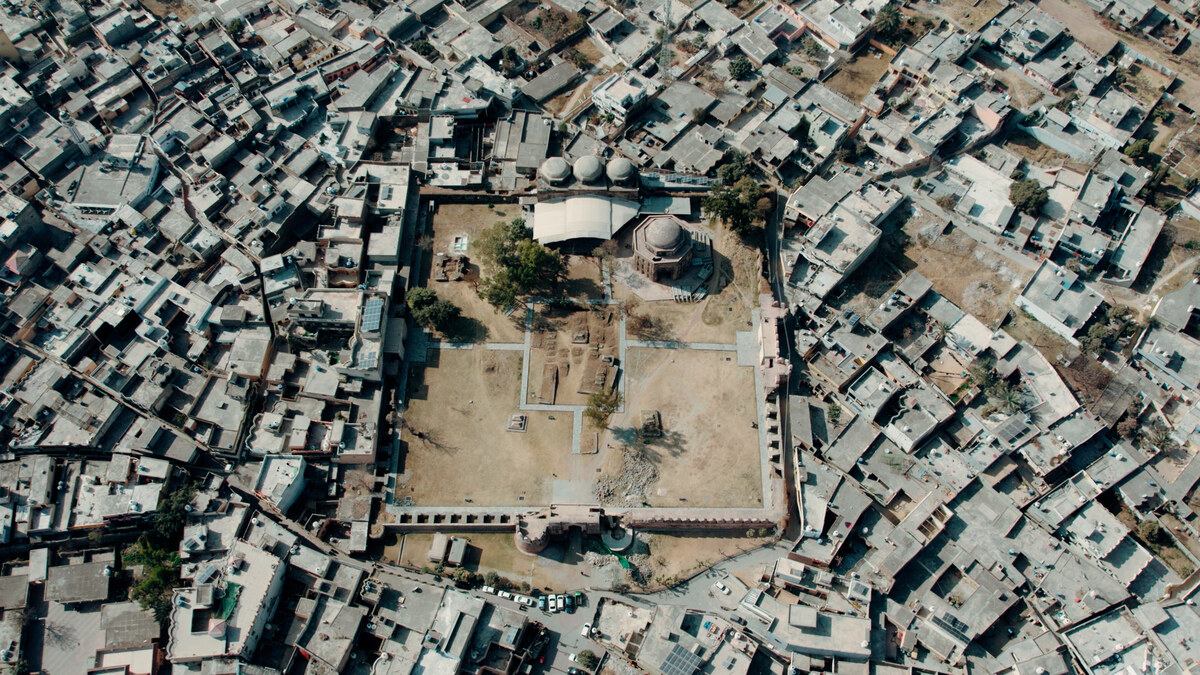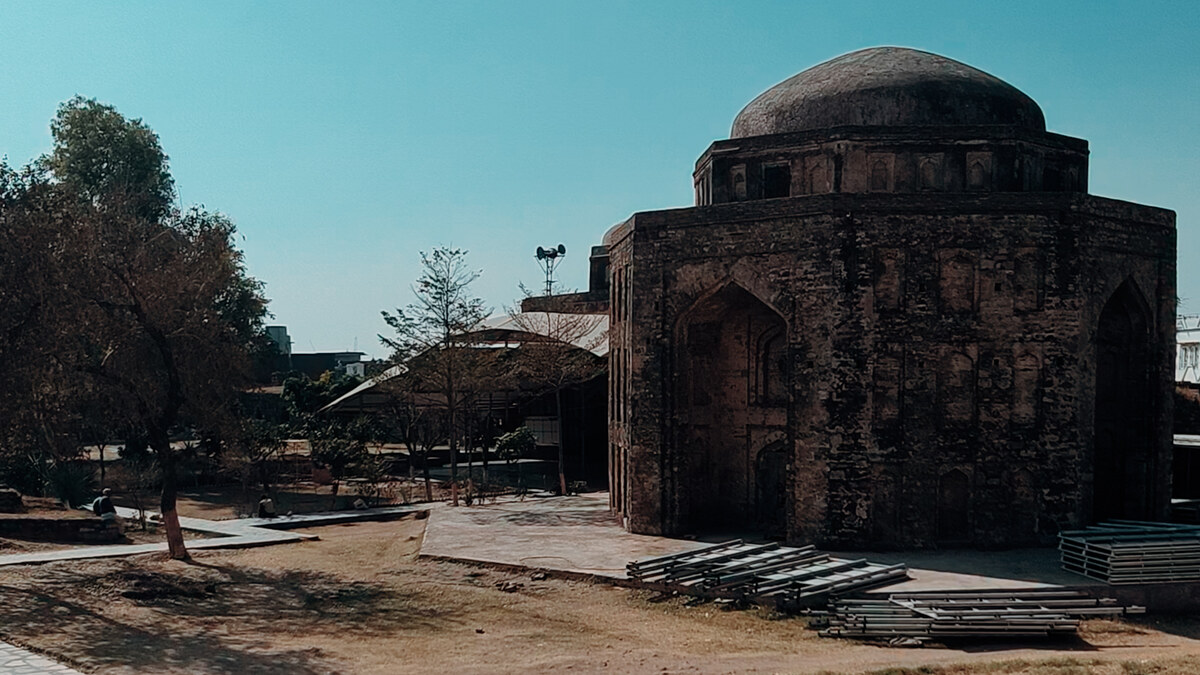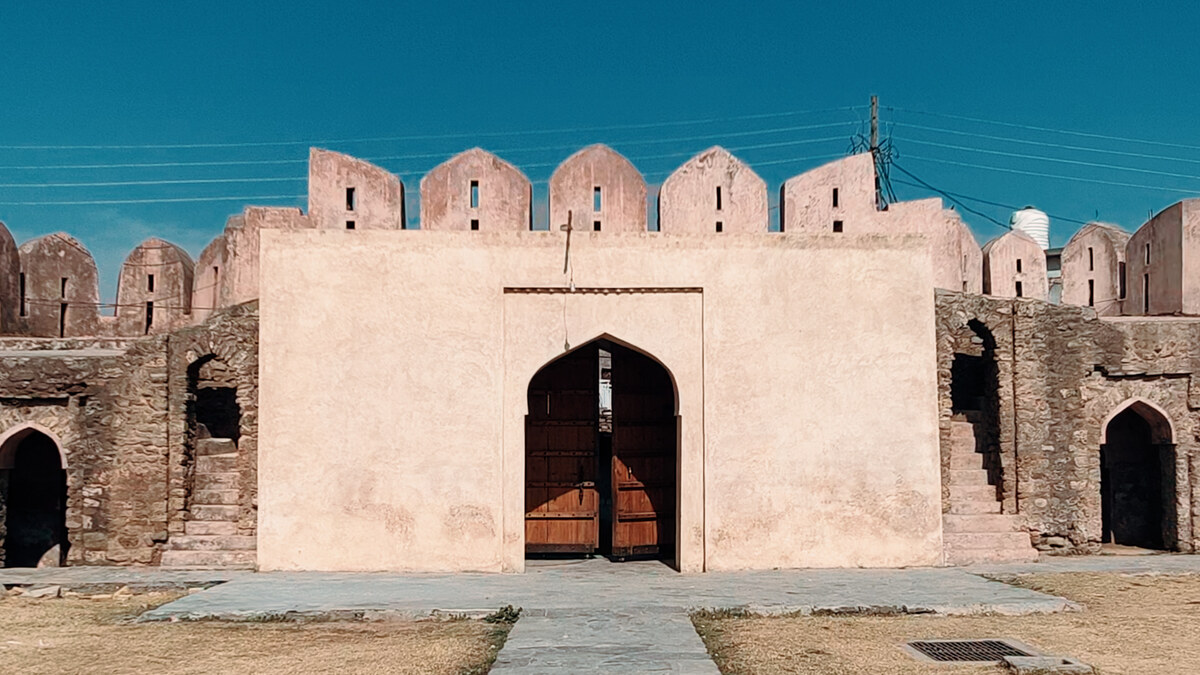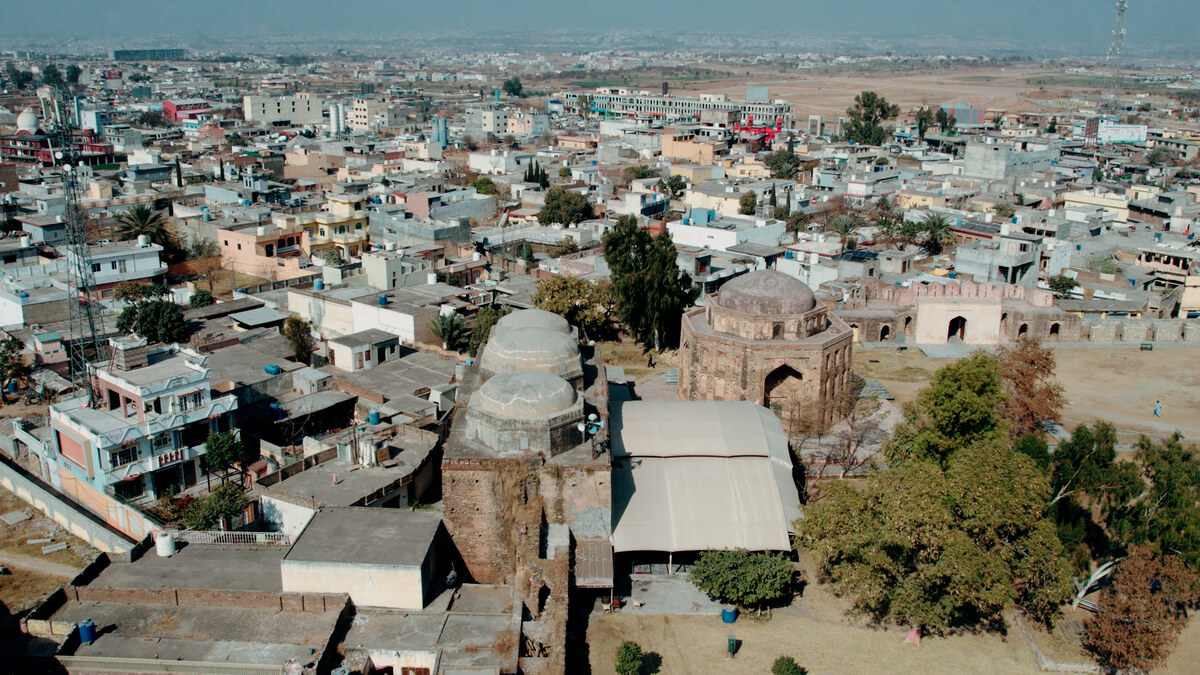RIYADH: Leading lights and rising stars from the region’s blossoming film industry have been gathering this week at the fourth Gulf Cinema Festival in Riyadh.
Among them is Omani director Muzna Almusafer, whose movie “Clouds” is in the running for a prize of SR50,000 ($13,300) in the shorts category.
Set in southern Oman, the film tells the story of a war veteran and widower as he navigates the crossroads of societal expectations and his values.
“It was a dream for me at the beginning, to write such a story … something very sensible, something very honest, something from my own life and what I encountered in my life,” Almusafer told Arab News.
“I don’t know if I will win, but I’m winning this,” she said. “I’m winning knowing you, knowing people. For me, this is an honor and this is a win itself.”
Speaking about the movie industry in Oman and Saudi Arabia, she said: “We learn from each other. It’s not about who is first and who is second. It’s about who can reflect better and who can say things better. And better is always depending on us as people, how we look at things and depending on the audience.
“As artists, we can teach people how to look at life from a different point of view.”
Two of the keys to the success of the region’s movie industry were funding and drive, she said.
“Funding is the first thing, because when you want to pay actors, when you want to pay a scriptwriter, it’s always money at the beginning.
“But then also your drive. It has to be lit all the time. You should have this fire inside you. You shouldn’t stop. Once you stop, you don’t have it. So it’s important that you continue and you know and you learn.”
Saudi movie director and critic Musab Alamri said the landscape of cinema in the region was changing.
“Previously, the UAE held the top position in box office sales. However, since 2022, Saudi Arabia has emerged as the leader in ticket sales revenue. Saudi Arabia now holds the top spot in the MENA region and ranks 14th globally in terms of revenue generation,” he told Arab News.
Where Qatar and the UAE were once the leaders in financial support for movie projects, Saudi Arabia was now in the driving seat, he said.
“Saudi Arabia has witnessed the emergence of significant financing opportunities, including the Red Sea International Festival Fund, the Cultural Development Fund, Daw Film and production support programs at the Ithra Center.”
The film “Norah” by Tawfik Alzaidi was an example of how far the industry had come, Alamri said.
The film, which received funding from the Saudi Film Commission under its Daw initiative, garnered a nomination for this year’s Cannes Film Festival in the ‘Un Certain Regard’ section, he said.
“Such successes highlight the significant impact of these programs in fostering the growth and recognition of Saudi cinema on the international stage.”
Despite a decline in feature production across the Gulf, the Saudi film industry was riding high, Alamri said.
“Throughout the past year and into the first quarter of 2024, there has been a monthly release of Saudi films in cinemas and on digital platforms such as Netflix. Saudi cinema has also gained prominence in international film festivals, with six Saudi feature films showcased at the recent edition of the Red Sea International Festival.
“This surge in Saudi cinema not only contributes to the local economy but also enhances Saudi Arabia’s soft power on the global stage.
“I anticipate that within the next eight to 10 years, Saudi Arabia will achieve self-sufficiency in film production, eliminating the need for direct government support. Saudi films will garner significant recognition at prestigious international festivals including Cannes, Sundance, Venice, Toronto and Berlin.”
Saudi actor Baraa Alem said government initiatives, local and regional film festivals and the rise of independent filmmakers had all contributed to the “cultural richness” of the region’s movie industry.
The recognition received by movies like “Norah” and “Four Daughters,” which was supported by the Red Sea Fund and nominated for an Academy Award, was evidence of “that hard work,” he said.
Speaking about the Gulf Film Festival, he said: “By providing a forum for filmmakers, industry professionals and audiences to connect and engage, the festival not only celebrates the region’s cinematic achievements but also stimulates dialogue, creativity and innovation … (and contributes) to the continued growth and development of the Gulf film industry.
“As filmmakers from the gulf we share similar cultural values and identities.”
The festival ends on Thursday.














